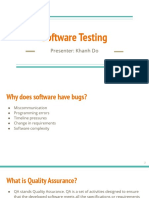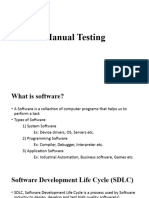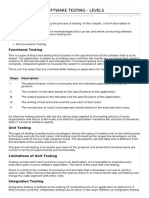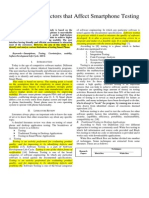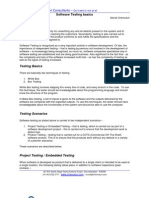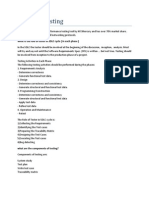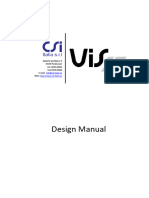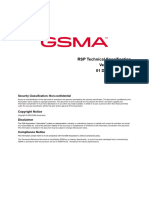0% found this document useful (0 votes)
7 views26 pagesLecture 2 Software Testing Notes
The document outlines functional test cases for a login page, emphasizing a mix of positive and negative scenarios. It also discusses Service-Oriented Architecture (SOA), its testing layers, and the importance of a Requirement Traceability Matrix (RTM) in ensuring comprehensive test coverage. Additionally, it covers functional testing for mobile applications and the significance of bug tracking tools in software testing.
Uploaded by
lenonketiahCopyright
© © All Rights Reserved
We take content rights seriously. If you suspect this is your content, claim it here.
Available Formats
Download as DOC, PDF, TXT or read online on Scribd
0% found this document useful (0 votes)
7 views26 pagesLecture 2 Software Testing Notes
The document outlines functional test cases for a login page, emphasizing a mix of positive and negative scenarios. It also discusses Service-Oriented Architecture (SOA), its testing layers, and the importance of a Requirement Traceability Matrix (RTM) in ensuring comprehensive test coverage. Additionally, it covers functional testing for mobile applications and the significance of bug tracking tools in software testing.
Uploaded by
lenonketiahCopyright
© © All Rights Reserved
We take content rights seriously. If you suspect this is your content, claim it here.
Available Formats
Download as DOC, PDF, TXT or read online on Scribd
/ 26




















